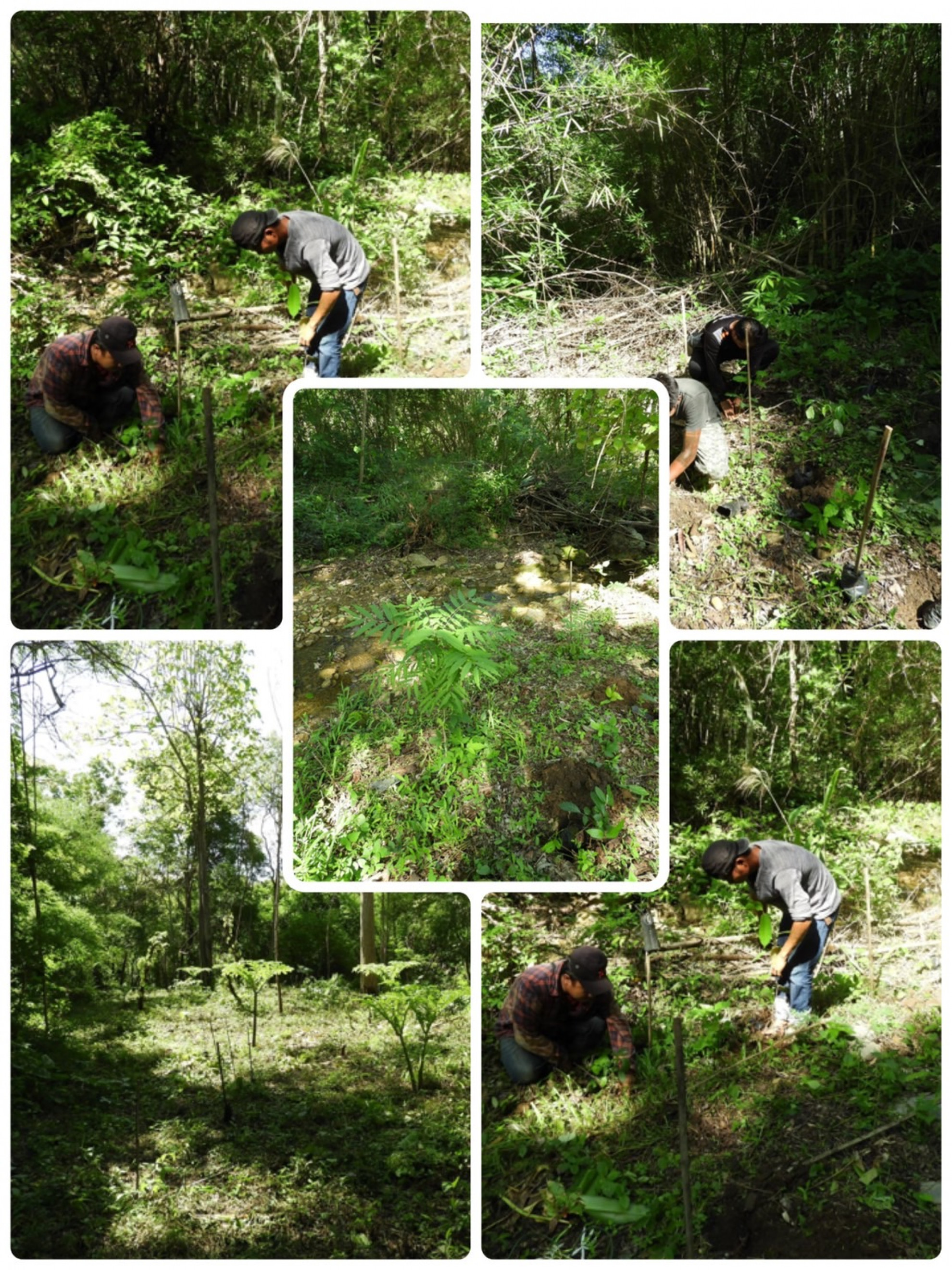





| Target | Indicator | Result |
|---|---|---|

SDG 13
CLIMATE ACTION
|
||
| 13.3 Improve education, awareness-raising and human and institutional capacity on climate change mitigation, adaptation, impact reduction and early warning | 13.3.1 Number of countries that have integrated mitigation, adaptation, impact reduction and early warning into primary, secondary and tertiary curricula | The increase in forest area helps to reduce greenhouse gases leading to global warming.The purpose of this study is to improve forest restoration knowledge.In the tropics, forest ecosystem is the most important carbon source in the world. |
This research aimed to select native tree species for restoring riparian ecosystem. Seedlings of ten native tree species (20 seedlings per plot) were planted in degraded riparian forest. Four plots of 10 m width and 30 m length were established. Seedlings were monitored growth performance; height, crown width and root collar diameter (RCD) and evaluated health score at initial stage, after first rainy season (December 2019), beginning (May 2020), middle (August 2020) and after end of second rainy season. Alphonsea ventricosa showed the highest per cent survival after second rainy season, 75.1 ± 9.1 % followed by Artocarpus lacucha and A. chama were 61.3 ±3.1 and 52.1± 9.3, respectively. Cleidion javanicum and Garcinia xanthochymus failed to survive. Mallotus nudiflorus achieved the highest relative growth rate of root collar diameter, height and crown width; 75.7 ± 7.0, 68.2 ± 8.5 and 73.5 ± 14.6 %/year, followed by Protium serratum were 54.4 ± 3.1, 48.4 ±7.2 and 55.0±7.1 %/year, respectively.
Gain knowledge on the selection of native plants for replanting in tropical forest ecosystems This is to prepare for climate change both regionally and globally.
